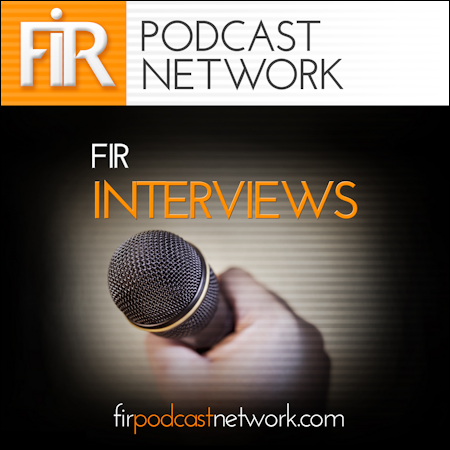
If you’ve been wondering why footballers get racially abused online all the time, why some people make disgusting death threats on social networks, or why presumably otherwise sensible celebrities say offensive things in their tweets about other people, a new book may well provide the light bulb of clarity you’ve been seeking.
It’s certainly something I’ve wondered about: why, in the past few years, has there been such a significant and notable increase in vile behaviours online where people say the most awful things about other people with little fear of consequences?
I’ve heard some say it’s due to the pandemic and lockdown for much of the past 18 months. While this probably has been an influence on some people, I don’t support any idea that it’s the only or major reason. Given that much of the invective you see in tweets, Facebook posts and other social content display such alarming anger, hostility, and outrage – indeed, it seems that anything that expresses an opinion not aligned with someone else’s views produces highly disproportionate outrage from the latter – I think this goes deeper than that over a very long period.
That idea is born out in a new book by journalist Charles Arthur called Social Warming that I started reading a few days ago. I’m currently at twenty percent: I’m reading the Kindle edition so the actual location or “page number” equivalent is Location 1196 of 6406.
The book starts with examining the causes of social ugliness and the rise in such behaviour online, looking into how people behave online and the roles of the places where behaviours are exhibited – social networks like Facebook, Twitter, Instagram, TikTok and more.
The book’s intro offers a good clue to what’s in store in its pages:
Social warming has happened gradually – as a by-product of our preposterously convenient digital existence. But the gradual deterioration of our attitudes and behaviour on- and offline – this vicious cycle of anger and outrage – is real.
That’s a key point – we are witnessing these changes in real life as well as online. The mainstream media (especially tabloids) plays a significant role in amplifying offensive messaging to audiences who otherwise wouldn’t know about what was tweeted, Facebooked, Instagrammed or TikToked.
Twenty percent in Arthur’s book is a good place to be. This first section is a study in behaviours and how social media is a powerful catalyst for amplifying anger, hostility, and outrage that garners shares, likes and other affirming actions and reactions that drive more ugliness that further stimulates the awful landscape.
This introduction is the essential primer to grasp, understand and support what follows as Arthur explores topics that include how social media polarises politics, how the media ecosystem collapsed, and why social media undermines elections. And there’s a lot more as he makes connections between social networks, the people who run them – Facebook and Mark Zuckerberg get prime attention here – algorithms, and platform users, ie, people.
These are real issues that are happening around us, on a global level.
For a full review, read this one in the Guardian.
There’s further evidence in a study published on August 13 by Yale University in the US in its report entitled ‘Likes’ and ‘shares’ teach people to express more outrage online.
The report, says Yale, measured the expression of moral outrage on Twitter during real life controversial events and studied the behaviours of subjects in controlled experiments designed to test whether social media’s algorithms, which reward users for posting popular content, encourage outrage expressions.
The Yale team built machine learning software capable of tracking moral outrage in Twitter posts. They found that the incentives of social media platforms like Twitter really do change how people post. Users who received more “likes” and “retweets” when they expressed outrage in a tweet were more likely to express outrage in later posts.
The report notes:
Amplification of moral outrage is a clear consequence of social media’s business model, which optimizes for user engagement. Given that moral outrage plays a crucial role in social and political change, we should be aware that tech companies, through the design of their platforms, have the ability to influence the success or failure of collective movements.
Precisely a crucial focus in Arthur’s book.
Let me also add to this a video embedded below (or see it on YouTube) made by Steve Cutts in 2016 that supported ‘Are You Lost In The World Like Me?’ by Moby & The Void Pacific Choir. It seems pertinent to these matters (and clearly shows this is not only a recent or new issue). It adds a dimension to people’s behaviours online with a focus on the devices we use to get online and engage. Maybe that’s too superficial as it goes deeper than that.
Take a look and see what you think.
It’s good to read well-informed and researched books and studies like these I’ve referenced in this article. While your sense of concern at what you see on social networks these days may not diminish yet, at least you’ll have a good idea of why and what may happen in the future.
(Photo at top by Joshua Hoehne on Unsplash)











